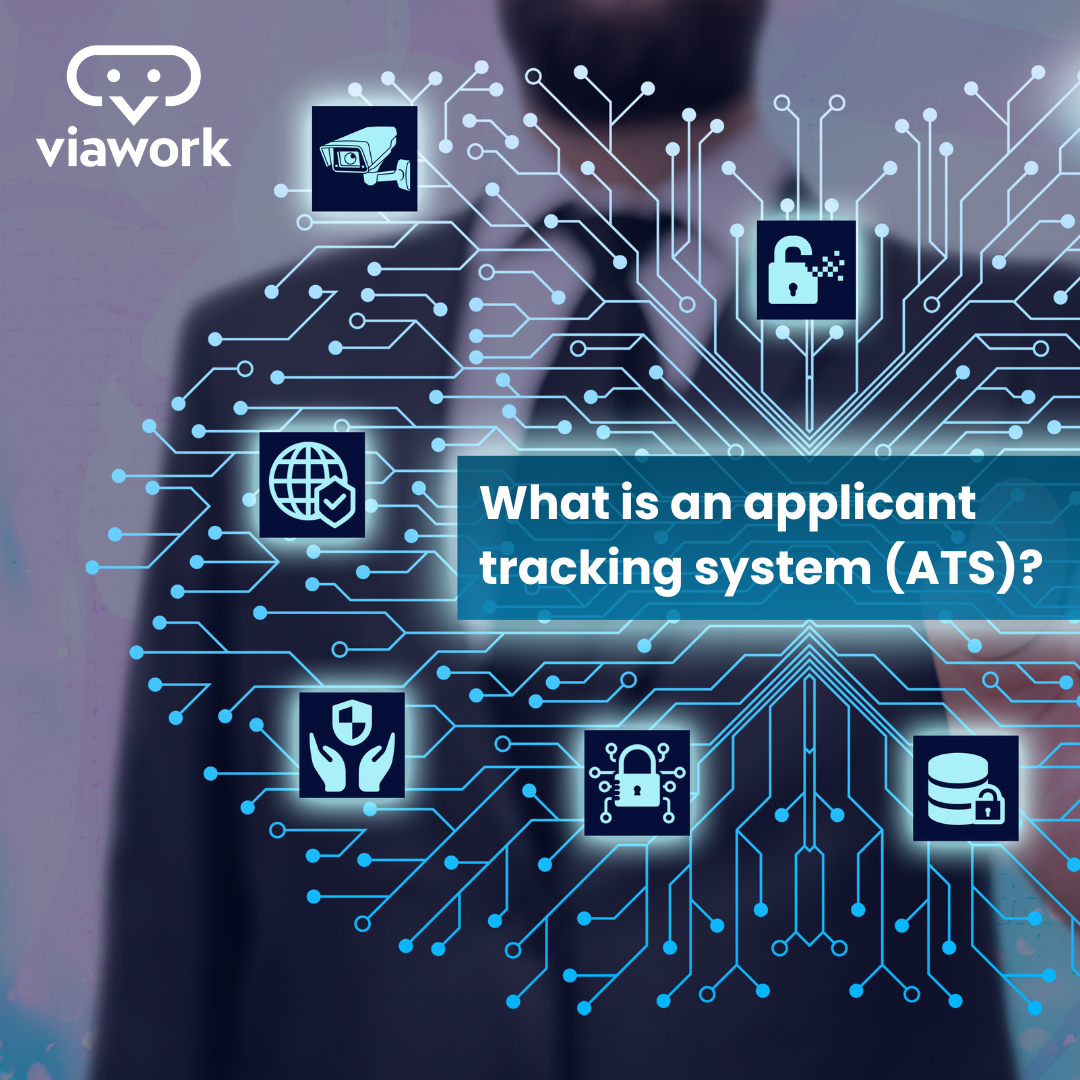What is an Applicant Tracking System (ATS)?

In the dynamic landscape of recruitment, the tools and technologies available to streamline hiring processes are continuously evolving. Among these, the Applicant Tracking System (ATS) stands out as a pivotal tool that has transformed the way organizations manage their talent acquisition efforts. This blog aims to demystify the concept of ATS and explore its significance in modern-day recruitment.
Understanding ATS:
An Applicant Tracking System is a software application designed to automate and streamline the hiring process. Its primary function is to manage the recruitment and application process in a centralized, organized manner. From posting job openings to managing candidate data, an ATS acts as a virtual assistant for recruiters and hiring managers.
Key Components of an ATS:
1.Job Posting:
ATS allows organizations to post job openings on various platforms, including company websites, job boards, and social media, reaching a wider audience.
2. Resume Parsing:
One of the key features of an ATS is its ability to parse and extract relevant information from resumes. This automated process saves recruiters valuable time by organizing candidate data efficiently.
3. Application Tracking:
ATS keeps track of each candidate’s progress in the recruitment pipeline, providing a clear overview of where each applicant stands in the hiring process.
4.Candidate Communication:
Communication is streamlined through the ATS, allowing recruiters to send automated emails, updates, and notifications to candidates, ensuring a smooth and transparent process.
5. Collaboration Tools:
Many ATS platforms offer collaboration features, enabling team members to collaborate on evaluations, provide feedback, and make informed decisions collectively.
6. Reporting and Analytics:
ATS provides data and analytics on various aspects of the recruitment process. This helps organizations measure the effectiveness of their hiring strategies, identify bottlenecks, and make data-driven improvements.
Benefits of Using an ATS:
1.Time Efficiency:
Automation of repetitive tasks, such as resume screening and communication, allows recruiters to focus on more strategic aspects of the hiring process, ultimately saving time.
2. Improved Candidate Experience:
ATS ensures a smoother and more organized candidate experience by providing timely updates, feedback, and a transparent view of the recruitment process.
3. Centralized Data:
All candidate information, communication, and feedback are stored in one centralized location, making it easy for recruiters and hiring managers to access and manage data.
4. Compliance and Consistency:
ATS helps maintain compliance with hiring regulations and ensures consistency in the application of recruitment policies and procedures.
5. Enhanced Collaboration:
Collaboration features within ATS facilitate better communication and decision-making among team members involved in the hiring process.
Challenges and Considerations:
While ATS brings numerous benefits, it’s essential to be aware of potential challenges, such as the need for proper implementation, training, and ongoing system maintenance. Additionally, organizations must choose an ATS that aligns with their specific needs and integrates seamlessly with their existing systems.
Conclusion:
In conclusion, an Applicant Tracking System is a powerful tool that has become an integral part of modern recruitment practices. By automating routine tasks, improving collaboration, and providing valuable insights, ATS empowers organizations to make informed hiring decisions efficiently. As technology continues to advance, the role of ATS in shaping the future of talent acquisition is only set to grow, making it a must-have for organizations striving to stay ahead in the competitive world of recruitment.
